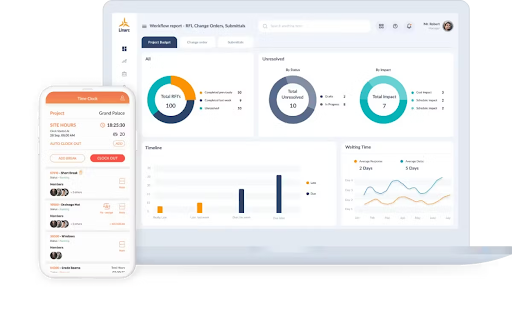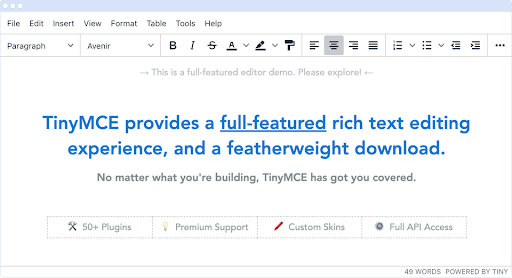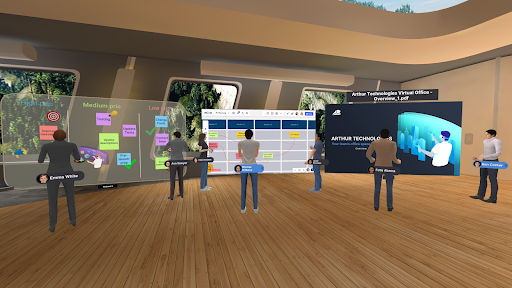Image credit: Pexels
Artificial intelligence has expanded from the boundaries of mere project management to offer organizations more strategic ways to streamline work, enhance efficiencies, and stay competitive. With the increased use of these tools across industries, teams are struggling with tool overload, change fatigue, and scattered workflows. The challenge at present is not whether AI can help improve workflows, but how it can be applied profitably to reduce friction instead of adding to it.
Automation in Action
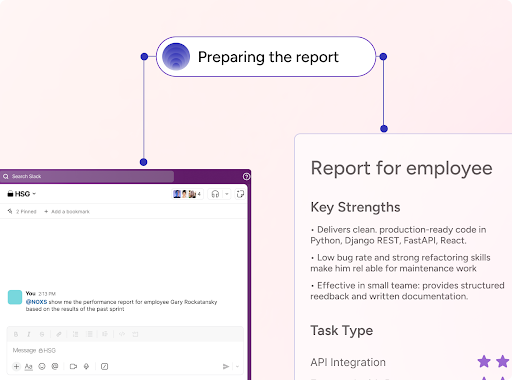
Credit: Noxs AI
One of the most promising developments is automation powered by multi-agent systems. These AI-powered systems reduce the burden of juggling multiple platforms by handling routine tracking and information retrieval. Instead of requiring managers to manually chase updates across scattered tools, AI can quietly perform these tasks in the background, saving precious time for other valuable tasks.
Noxs AI is at the forefront of this shift. By automating repetitive tasks, the platform allows project leaders to focus on strategy and problem-solving rather than administrative work. Alena Tim, founder of Noxs AI highlighted the problem of fragmented software environments:
“What we’ve noticed is that a lot of these tools create tool fatigue… Noxs tracks all digital signs across systems, and using AI, we automate these actions in the background.”
This approach signals a turning point where less time is lost on administrative responsibilities and more energy is directed toward meaningful collaboration.
Tim has seen firsthand how fragmented tools wear teams down. “Tools like Jira or ClickUp just highlight bottlenecks rather than fix them if people don’t update statuses or raise flags,” she said. Noxs addresses this by running in the background, tracking digital activity across systems, and handling the routine updates teams often forget. That shift not only prevents surprises at the end of a sprint but also cuts delays dramatically.
She’s also noticed the human side of adoption matters just as much as the technical side. “Our main goal is not to create additional stress, but to relieve it,” Tim explained. By customizing notifications and escalation rules, Noxs acts more like a supportive colleague than a micromanager.
For project managers, this means less chasing and more leading. For engineers, it means having the right information or even a solution served up before they’re stuck.
Bridging Tools and Strategy
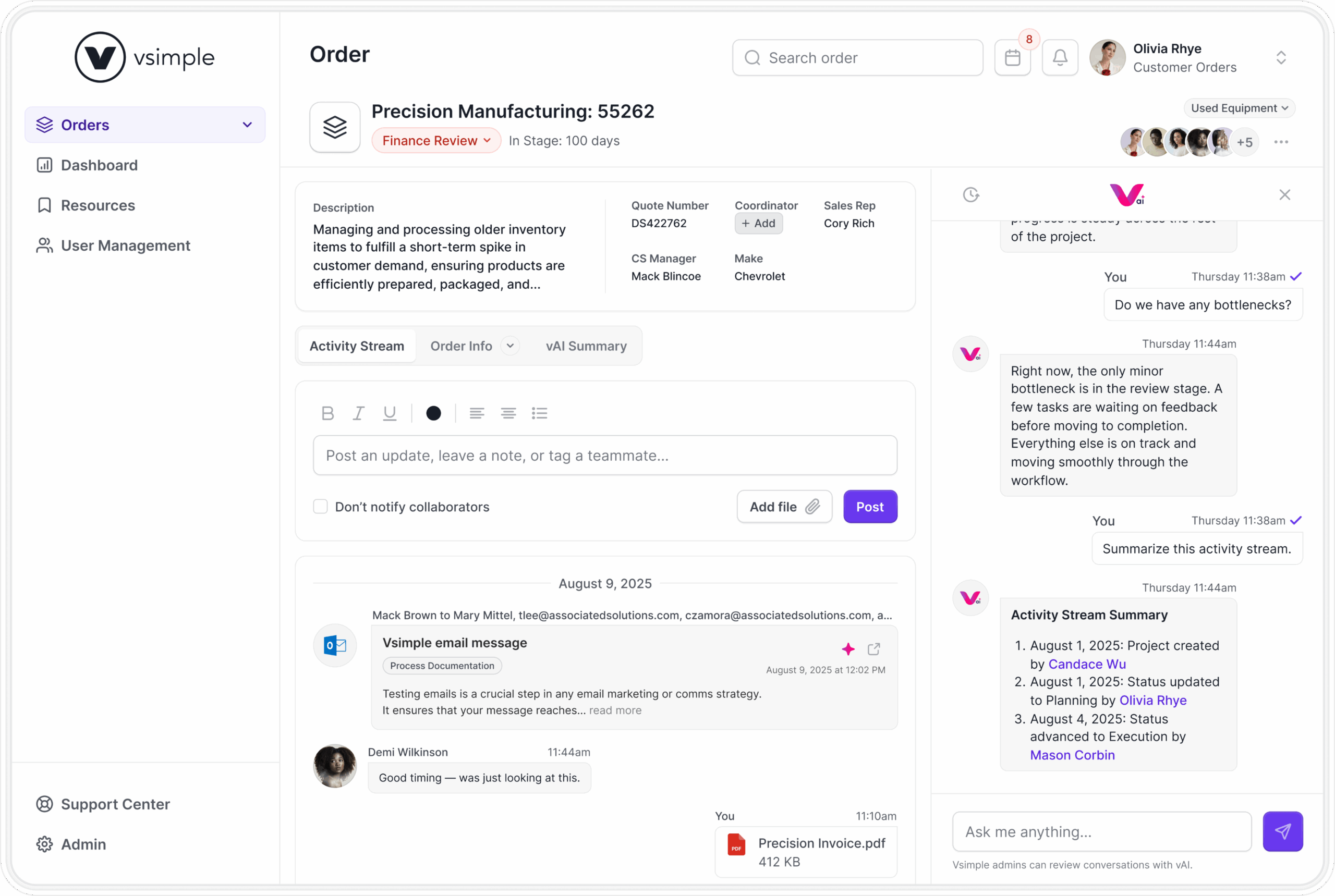
Credit: Vsimple
Automation alone, however, does not guarantee success for any company. Organizations increasingly recognize the need for centralized digital workspaces that connect advanced AI tools directly to broader business strategies. This is where simplicity and adoption become crucial for entrepreneurs.
Vsimple positions itself around this philosophy, pairing human oversight with AI-driven efficiency. Its focus is not on deploying complex technology for its own sake but ensuring that teams embrace solutions.
Buddy Bockweg, founder of Vsimple explained the importance of aligning technology with human behavior.
Bockweg explains, “Most technology falls short not because it isn’t sophisticated, but because it fails to be adopted. That’s why we tailor and physically implement our tech, not just hand it off.”
Platforms like Vsimple are helping teams stay aligned without overwhelming them with unnecessary complexity by narrowing the gap between tools and strategy.
Bockweg didn’t enter the tech world as a coder; he came from two decades in supply chains. That perspective shaped Vsimple’s approach. “I don’t come from software,” he said. “I spent years watching manufacturers and distributors lose weekends to disconnected tools and manual fixes. It was the same problem no matter the size of the company.”
Vsimple was built to be that missing digital place where every department shows up to work together, cutting through the noise of too many platforms.
He also sees AI as the force multiplier inside this connected environment. “We’re sitting in the middle of all their processes and data, so when we unleash AI it’s enormously valuable,” Bockweg explained.
Instead of adding yet another tool, Vsimple folds automation, analytics, and real-time insights into one workspace. For leaders, it means fewer blind spots. For employees, it means escaping the grind of repetitive tasks and focusing on meaningful work.
Leadership and Cultural Readiness
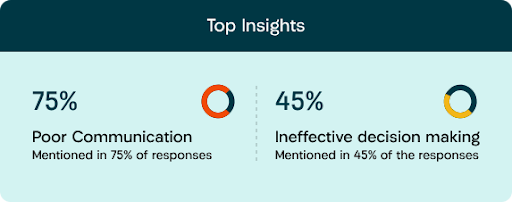
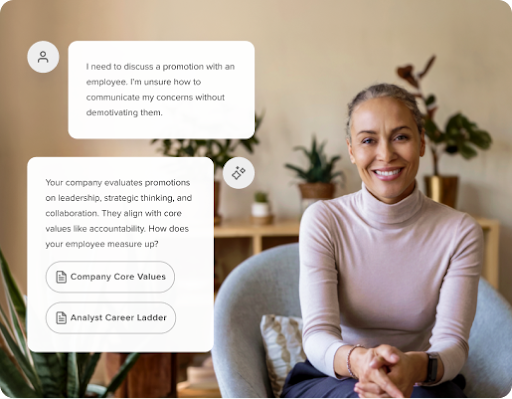
Credits: Torch
Even the best-designed tools can falter if organizations fail to prepare people for this change. Experts point out that AI integration is not purely a technical challenge but a leadership issue. Success depends on cultural readiness, collaborative mindsets, and leaders willing to rethink long-standing practices.
Torch emphasizes this human dimension of AI adoption. The platform supports leadership development, helping organizations cultivate the adaptive skills to navigate technological disruption.
Heather Conklin, CEO of Torch noted, “AI breaks a lot of our traditional ways of operating… It requires ground-up collaboration and leaders willing to let go of what worked in the past.”
Her perspective highlights that leadership, not software, often determines whether an AI rollout accelerates progress or deepens resistance.
Conklin stresses that AI transformation starts with mindset, not just software. “The human skills were the hard part,” she said, recalling her days at Salesforce where coaching leaders on trust and influence proved more challenging than teaching technical skills.
That realization now drives Torch’s programs, which blend coaching with cultural change to help leaders rethink how work should look in the age of AI.
Torch’s work with LinkedIn illustrates this shift. “They knew AI readiness required people with high learning agility and big-picture thinking,” Conklin said.
Coaching helped employees ask bigger questions: What should my role look like in this new era? What should we stop doing entirely now that AI exists? The answers not only prepared teams for new tools but also surfaced organizational blind spots, from unclear strategies to communication breakdowns. For Conklin, that’s proof that the future of AI in project management won’t be decided by code, but by culture.
Final Thoughts
AI tools for project management have their capabilities, but the effect may vary depending on how an organization uses them. So, basically, the opportunity presents itself in cutting human friction. This, in turn, minimizes tool fatigue, streamlines processes, and nurtures leaders who can embrace and work in new ways.
As organizations harness the appropriate technological solutions and people-centered strategies, they will survive the present-day challenges and set the pace for future practice. As AI continues to integrate into project management ever so fast, formations that keep innovation linked with adoption will emerge as tomorrow’s leaders.



